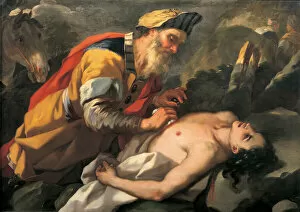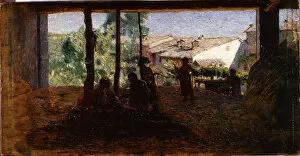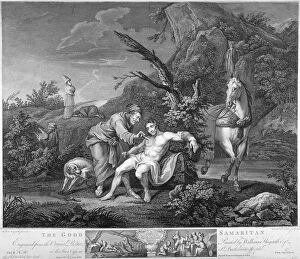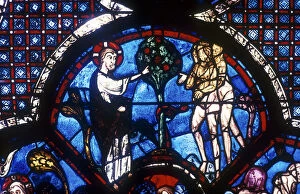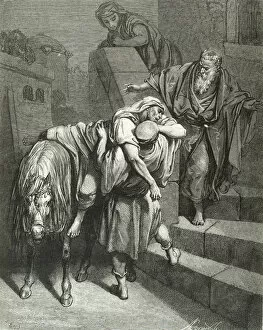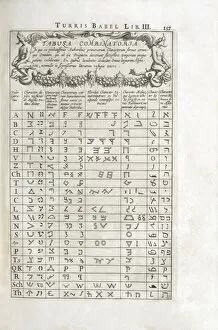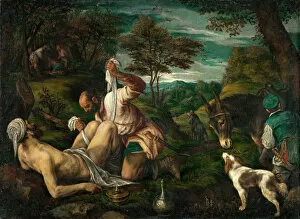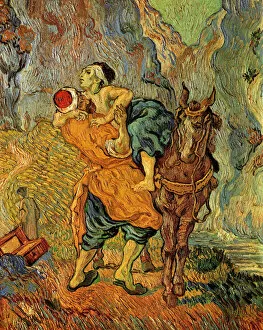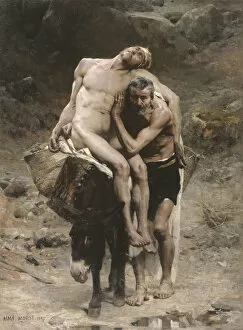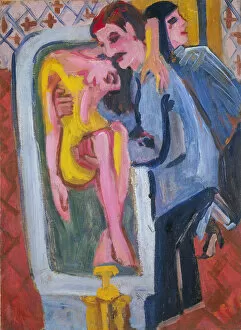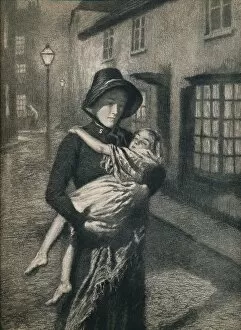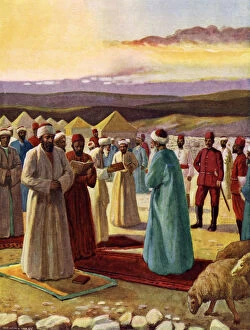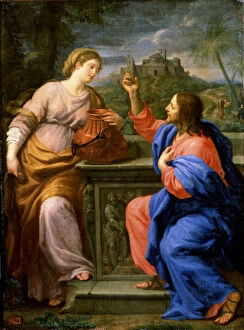Samaritan Collection (#3)
"Samaritan: A Legacy of Compassion and Healing" Throughout history, the term "Samaritan" has been associated with acts of kindness, healing, and cultural significance
For sale as Licensed Images
Choose your image, Select your licence and Download the media
"Samaritan: A Legacy of Compassion and Healing" Throughout history, the term "Samaritan" has been associated with acts of kindness, healing, and cultural significance. In the Bible's New Testament, Jesus displayed his divine power by healing lepers in Samaria, showcasing his compassion for those in need. One of the most well-known stories highlighting Samaritan benevolence is the parable of the Good Samaritan. This tale emphasizes that true goodness knows no boundaries or prejudices as a Samaritan man selflessly helps a stranger in dire need. The historical importance of Samaritans extends beyond religious contexts. The pre-1900 Samaritan Pentateuch stands as an ancient manuscript preserving sacred texts from their unique perspective. Their contributions to literature have allowed us to gain valuable insights into various cultures and belief systems. In times of crisis, organizations like the Samaritan Free Hospital have exemplified their commitment to serving humanity through medical care and support. Their advertisements serve as reminders that compassion can transcend borders and bring hope to those who are suffering. Even in aviation history, we find references to this noble term. The Convair C-131D Samaritans were aircraft used for medical evacuations during critical situations. These flying hospitals symbolize how even technology can be utilized for humanitarian purposes. Exploring ancient alphabets reveals another facet of the rich heritage associated with Samaria. The study of these scripts provides invaluable knowledge about early civilizations' languages and communication methods. Artistic representations also pay tribute to significant moments involving Samaritans throughout history. Frescoes depicting scenes such as "The Samaritan woman at the well" showcase their encounters with Jesus Christ himself within catacombs located along Via Latina in Rome. Architectural marvels like Chartres Cathedral house stained glass windows portraying acts like "The Good Samaritan. " These intricate works remind us that timeless tales continue inspiring generations across different cultures worldwide.





